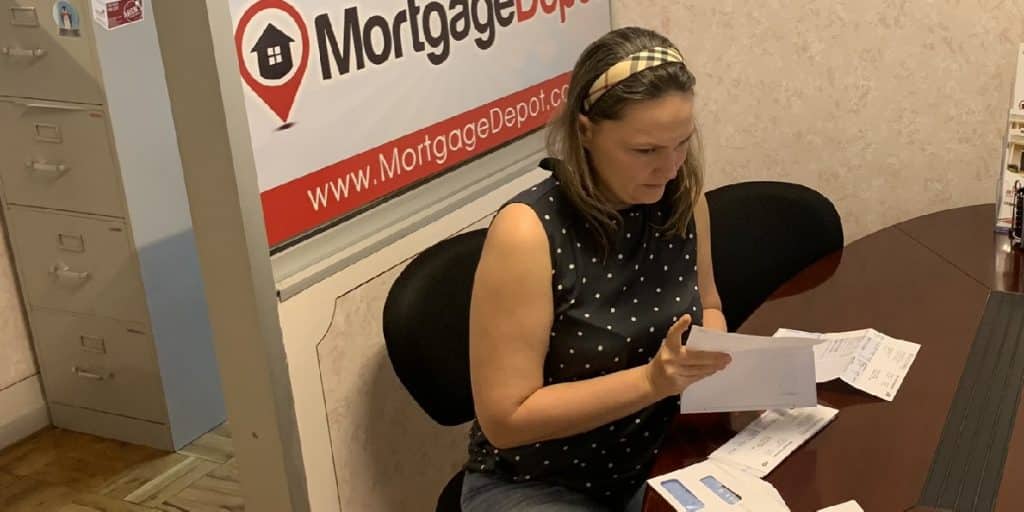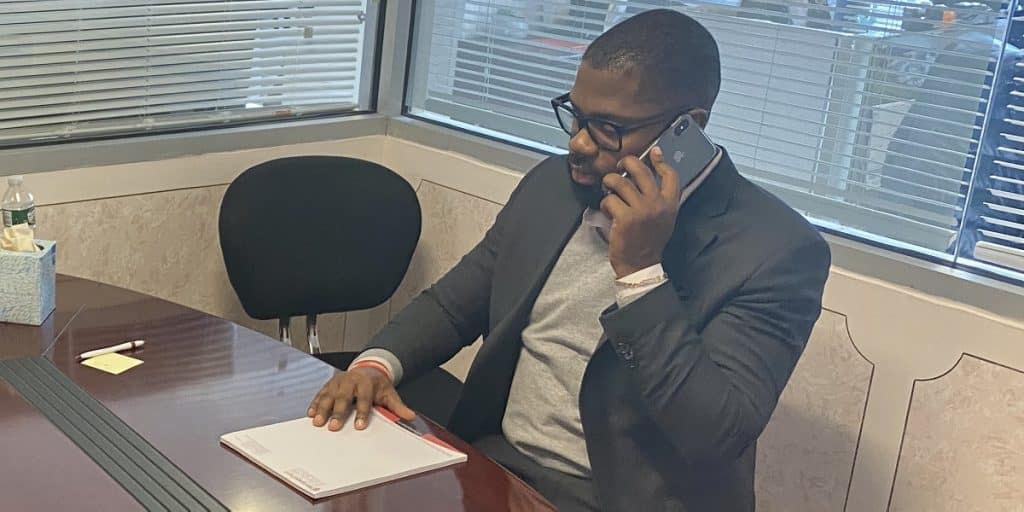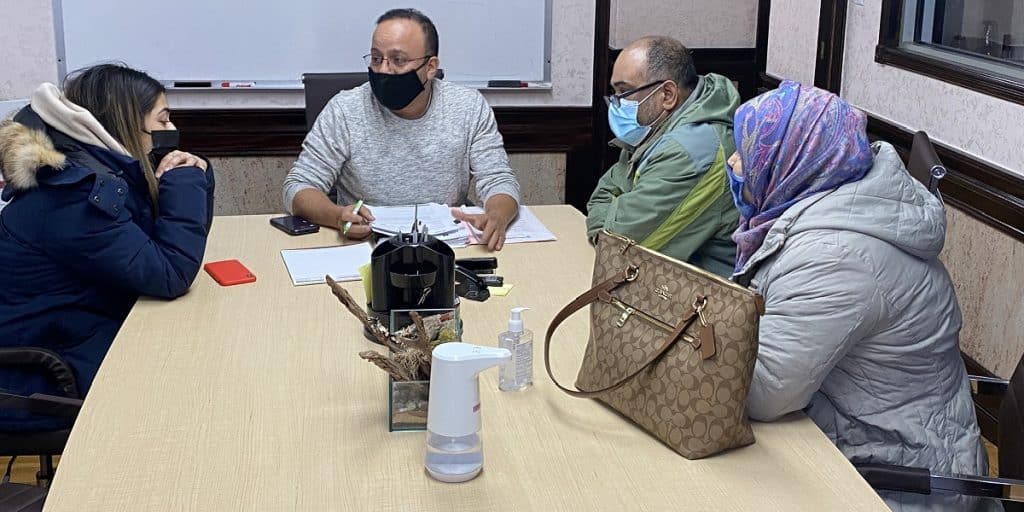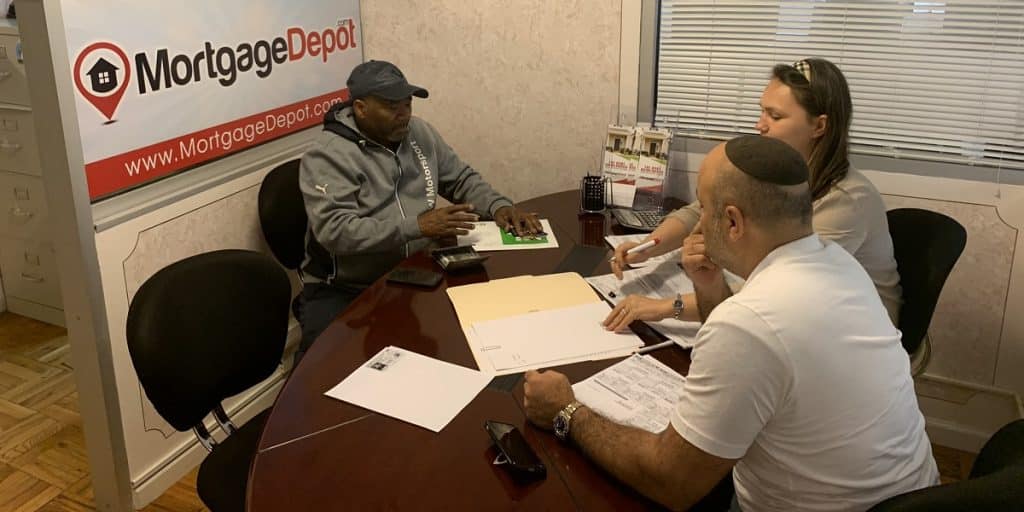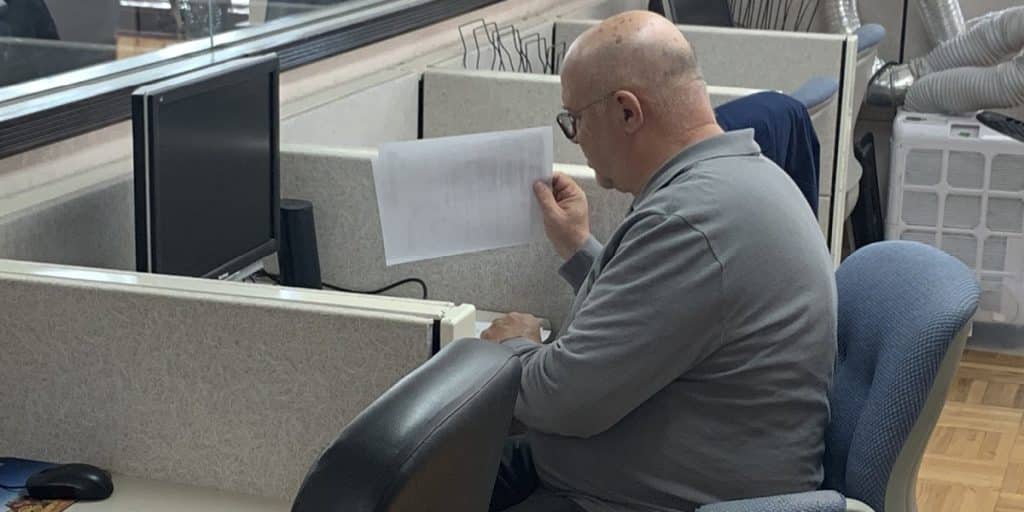
Thousands of Americans are having trouble making their monthly mortgage payments due to the coronavirus pandemic. In the past month, nearly 17 million Americans have filed for unemployment as shelter-in-place orders, social distancing measures, and nonessential business closures went into effect. Homeowners with government-backed loans—and even some of those without—are being offered up to 12 months of forbearance, handed out in 90-day increments. But this temporary fix could result in another wave of foreclosures if additional assistance to homeowners isn’t provided.
But for many, they could be asked to pay back all of those missed mortgage payments in one lump sum at the end of the forbearance period, which is practically impossible for those who can’t afford their payments today and haven’t a clue as to when the economy will recover.
There is great concern about the lack of uniformity between the mortgage assistance programs being offered to homeowners, especially between government-backed loans and non-government-backed loans. So available help may vary even though many mortgage companies and servicers will follow the steps that Fannie and Freddie take to address this homeownership crisis.
Fannie Mae, Freddie Mac, and the Federal Housing Administration (FHA) say that their borrowers, who consist of slightly more than half of all buyers, are never required to make lump-sum payments. And additionally, they also offer various assistance plans and programs, some more generous than others. The Mortgage Bankers Association (MBA) expects the number of homeowners requesting forbearance to steadily increase.
About 15 million homeowners could rely on forbearance to get them through this crisis, or nearly a third of all single-family mortgages, predicts Mark Zandi, chief economist at Moody’s Analytics. That could result in roughly 2 million foreclosures, says Zandi. But to put that number into perspective, there were around 7 million foreclosures as a result of the last housing bust. “I don’t think a lump sum works, at least for most homeowners,” says Zandi. If there isn’t additional assistance offered, “there will be a lot of credit problems down the road, delinquencies, defaults, and foreclosures.” In reality, even those homeowners will eventually have to make good on what they owe, and that’s a hardship for those out of work. And those who can’t pay what they owe on their mortgages could eventually lose their homes.
Joseph Sant, deputy general counsel for the Center for New York City Neighborhoods. The nonprofit organization that promotes and protects affordable homeownership says, “we are concerned about what’s going on right now, with many people going into these forbearance plans without a clear sense of what will happen at the end.”
Previously during the housing crisis of 2008, the federal government created the Home Affordable Modification program and it helped to save more than a million homes from foreclosures and short sales. The program granted things like loan modifications, which could lower monthly payments, and deferments, which added missed payments at the end of loans, extending their duration. But here’s the caveat, it was widely criticized for not helping nearly enough homeowners. And about a third of the borrowers who participated in the program wound up falling behind on their mortgage payments again.
Rocke Andrews, a mortgage loan broker and the President of the National Association of Mortgage Brokers trade group says, “If you can make the payment, make the payment now. “Don’t take [forbearance] if you don’t absolutely need it. It all becomes due, and who knows what happens between now and then,” he advises.
Contact one of our loan consultants for more information.
Have questions or need help?
Call us now at 800-220-LOAN
Request a call back or email us your questions!



